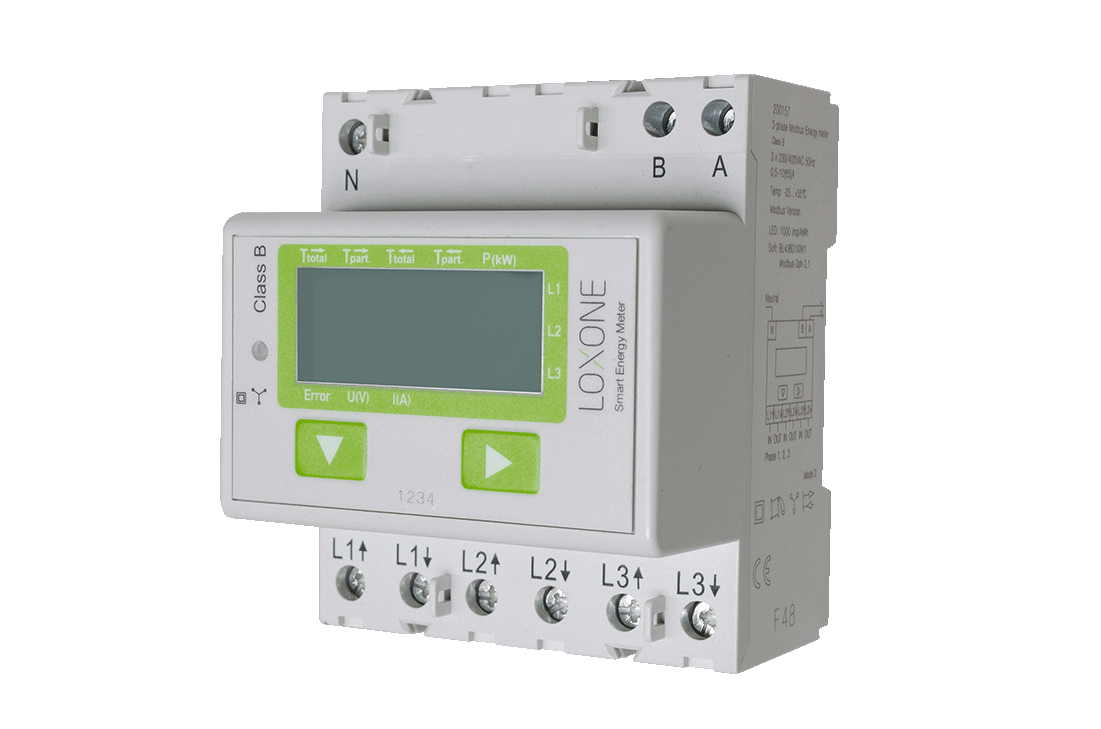

- Loxone modbus serial number#
- Loxone modbus manual#
- Loxone modbus code#
- Loxone modbus password#
- Loxone modbus Offline#

Again, not talking about any Modbus meter integration here, I am about to get the data from official utility meters. If you see this error, try changing the keep-alive period in binding's configuration to a smaller value.Continuing the story about the utility meters and its connection to Loxone. By default Miniserver's timeout is 5 minutes and period between binding's keep-alive messages is 4 minutes. It should not occur under normal conditions, as it is prevented by sending keep-alive messages from the binding to the Miniserver.
Loxone modbus Offline#
Loxone modbus code#
Loxone modbus password#
A password must be reentered in the binding settings to acquire a new token. Authentication using stored token failed - either token is wrong or it.A new connection will be attempted only when user corrects user name or password in the configuration parameters.

In this case binding will stop trying to connect to the Miniserver. Miniserver locked out user for too many failed login attempts.Too many failed login attempts - stopped trying.Binding will make another attempt to connect after some time. Invalid user name or password or user not authorized to connect to the Miniserver.Miniserver host/ip address can't be resolved.

There can be following reasons why Miniserver status is OFFLINE: are optional advanced parameters - please refer to Advanced parameters section at the end of this instruction for a list of available optionsĮxample 1 - minimal required configuration:
Loxone modbus manual#
# Manual configurationĪs an alternative to the automatic discovery process, Miniservers can be configured manually, through an entry in. Please set them manually in Thing configuration after you add a new Miniserver Thing from your Inbox. Discovery (opens new window) is performed using UPnP (opens new window) protocol.īefore a Miniserver Thing can go online, it must be configured with a user name and a password of an account available on the Miniserver. Loxone Miniservers (opens new window) are automatically discovered by the binding and put in the Inbox.
Loxone modbus serial number#
The Thing UID of automatically discovered Miniservers is: loxone:miniserver:, where is a serial number of the Miniserver (effectively this is the MAC address of its network interface). This binding supports Loxone Miniservers (opens new window) for accessing controls that are configured in their UI.


 0 kommentar(er)
0 kommentar(er)
